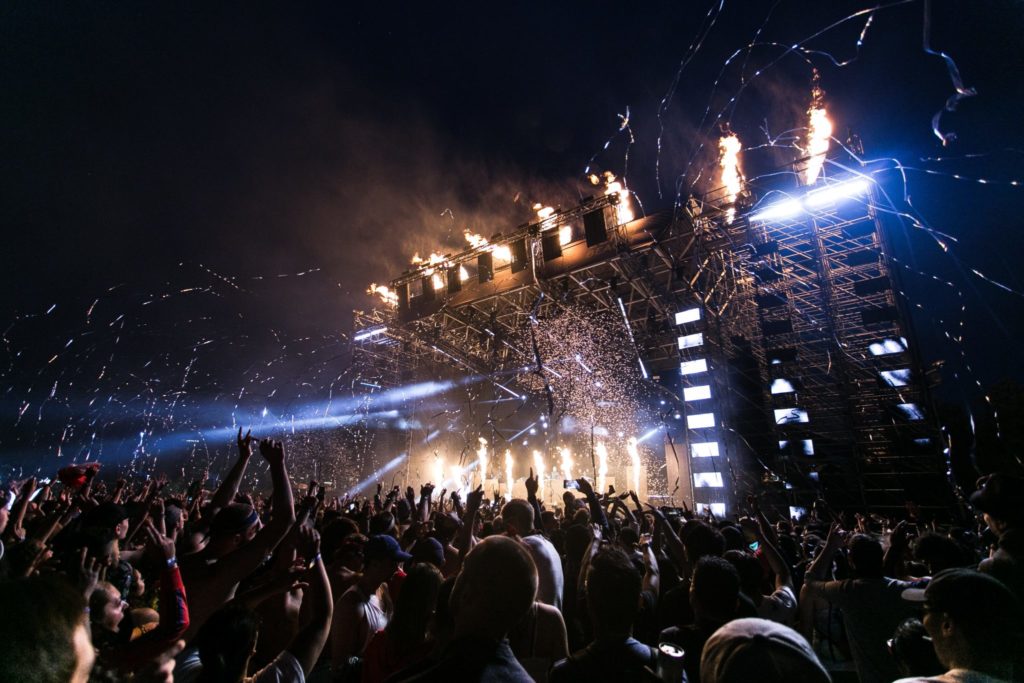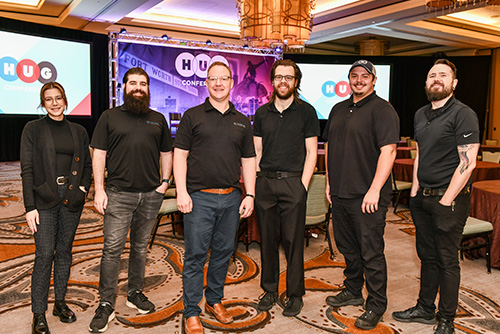
Event attendees expect higher levels of engagement and sensory appeal now than ever before. The process of creating a memorable event now requires planners to take into account all five senses and create a multi-sensory event in order to stand out from the competition. Here are some guidelines and suggestions to help you make your next event appeal to the senses – all of them.
Sight
Appeal to your event attendees’ sense of sight by making effective use of stimulating visual content. Picture booths and virtual reality continue to gain momentum and popularity as creative ways to engage guests visually—it’s now a $1.8 billion industry. You can also bring the sensorial emotional appeal by using video and creative lighting techniques. Don’t underestimate the power of social media! Holding a contest for the best video or photo from your event shared on social platforms can help deepen its impact.
Suggested Content: How and Why Virtual Reality is Being Incorporated into Events
Sound
Selecting the appropriate soundtrack for the atmosphere at your event helps to build a fully immersive world rather than something that feels like an exhibit. Be sensitive to the effects of different styles and presentations of music on your attendees. Jazz, for instance, has been shown to reduce stress levels.

Also, music performed live excites audiences and creates an incredibly memorable experience. You can design and orchestrate a “score,” if you will, that accompanies different parts of your event. The subtle tempo of musical accompaniment can take a moment from “special” to “unforgettable.”
Taste
Catering is a critical part of a memorable event – everybody likes to eat, and when you eat something incredible, you remember it. When picking a caterer for your event, keep your event theme, audience demographics, and potential dietary restrictions and preferences in mind. Shop around, ask for free samples and pick the food that makes you do this:

Another tactic would be to use taste to appeal to audiences’ emotions and natural responses. There are certain tastes that could promote higher audience engagement and focus – for example, cinnamon has been known to improve productivity and interest levels. Consider incorporating these scents into foods.
Smell
We all have that one smell that automatically transports us back in time. For me, it’s Go Blonder shampoo by John Frieda. It reminds me of my coming-of-age summer where I crashed my car chasing some dumbass boy I loved down the east coast.
Anyway, event marketers are getting wise to the power of smell on our feelings. A newer vehicle for brand-to-consumer engagement known as “Scent Marketing” targets our sense of smell and the way we attach emotions to memories.
According to one report, “scent is the only one of our five scenes that goes directly to into the limbic system of our brain” where our emotions, memory and associative learning are stored. Luxury events appeal to the senses by incorporating aromatherapy. Lavender and other essential oils calm attendees foster a relaxing, enjoyable experience. Retailers have even started using Scent Marketing since smell links to memorable experiences.
Touch
Touch is also a great way to introduce a new sensory experience to your guests. Invite attendees to use their sense of touch to explore an installation or space.
One of the new trends for events in 2019 incorporates touch into an augmented reality experience. For instance, event AV can use touchable water surfaces in their AR experience to create an experience that guests will never forget! Another way to incorporate touch for a multi-sensory event is to use lifesize props or games with parts that guests can pick up and feel their way around the space.
Avoiding sensory overload
Remember that too much sensory stimuli can be overwhelming to guests, especially guests with sensory sensitivities. You may consider taking a cue from Sensory-friendly events to ensure you aren’t going to give your guests sensory overload:
- Structure your stimuli (don’t pair loud noises with strong scents – unless you’re trying to make people green)
- Provide detailed lists of smells or tastes so guests can be prepared for the experience
- Have a method to the madness. If there is sound, there should be a reason. Don’t assault the senses, appeal to the senses.
Editor’s note: This blog was originally published in 2017 and has been updated for accuracy and relevancy.
Create a multi-sensory event with TalkingTree Creative
Establish a strong sensory connection with your audience, no matter the event. Contact us today to get started!




